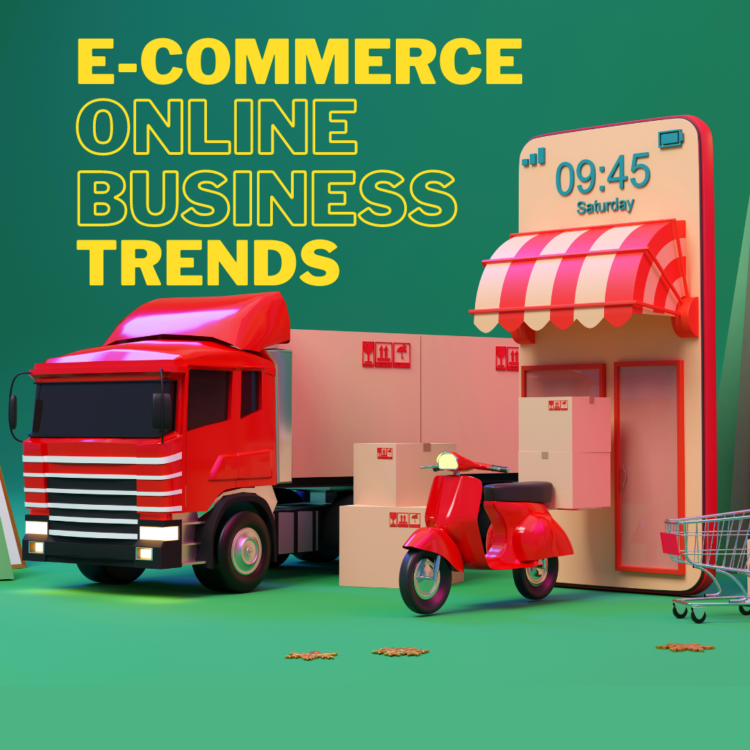The world of e-commerce is dynamic and ever-evolving, with innovations and trends reshaping the online business landscape. As technology advances and consumer behaviors shift, businesses must stay abreast of the latest trends to remain competitive. In this blog, we’ll explore some of the most impactful e-commerce trends that are shaping the future of online business.
1. Mobile Commerce (M-Commerce) Dominance
Mobile devices have become an integral part of our lives, and this is evident in the rise of mobile commerce. With the increasing use of smartphones and tablets, consumers now expect a seamless and user-friendly shopping experience on their mobile devices. Businesses are optimizing their websites for mobile, developing dedicated apps, and implementing mobile-friendly payment options to cater to this growing segment of shoppers.
2. Personalization and AI-Powered Recommendations
E-commerce platforms are leveraging artificial intelligence (AI) to provide highly personalized shopping experiences. AI algorithms analyze user behavior, preferences, and purchase history to offer tailored product recommendations. This not only enhances the customer experience but also increases the likelihood of conversion by presenting shoppers with items they are likely to be interested in.
3. Augmented Reality (AR) and Virtual Reality (VR)
AR and VR technologies are revolutionizing the way consumers shop online. Businesses are incorporating AR features that allow customers to virtually try on products, visualize how furniture looks in their homes, or see how clothing fits before making a purchase. This immersive experience not only engages customers but also reduces the uncertainty associated with online shopping.
4. Sustainable and Ethical E-Commerce
Consumers are increasingly conscious of their environmental impact, leading to a surge in demand for sustainable and ethically produced products. E-commerce businesses are responding by adopting eco-friendly practices, offering environmentally responsible products, and transparently communicating their commitment to sustainability. This trend reflects a growing awareness of the ethical and environmental implications of consumer choices.
5. Social Commerce Integration
Social media platforms have become powerful tools for e-commerce, with businesses using them not only for marketing but also for direct selling. Social commerce involves integrating e-commerce functionalities into social media platforms, allowing users to browse, shop, and make purchases without leaving the app. This trend capitalizes on the social nature of online interactions and simplifies the path from discovery to purchase.
6. Voice Commerce
The rise of virtual assistants and smart speakers has given birth to voice commerce, where consumers can make purchases using voice commands. As voice recognition technology improves, businesses are incorporating voice-activated shopping features, making it more convenient for customers to place orders and manage their shopping lists.
7. Subscription E-Commerce
Subscription-based models are gaining popularity, offering consumers a convenient and often cost-effective way to access products and services regularly. From subscription boxes for curated products to services like meal kit deliveries, businesses are tapping into the subscription trend to build recurring revenue streams and foster long-term customer relationships.
Conclusion
The e-commerce landscape is undergoing a transformative journey, driven by technological advancements, changing consumer expectations, and a heightened focus on sustainability. Businesses that embrace these e-commerce trends and adapt to the evolving landscape are better positioned to thrive in the competitive world of online commerce. As we look to the future, the key to success lies in staying agile, innovative, and attuned to the needs and preferences of the ever-evolving digital consumer.










No Comments
Leave Comment